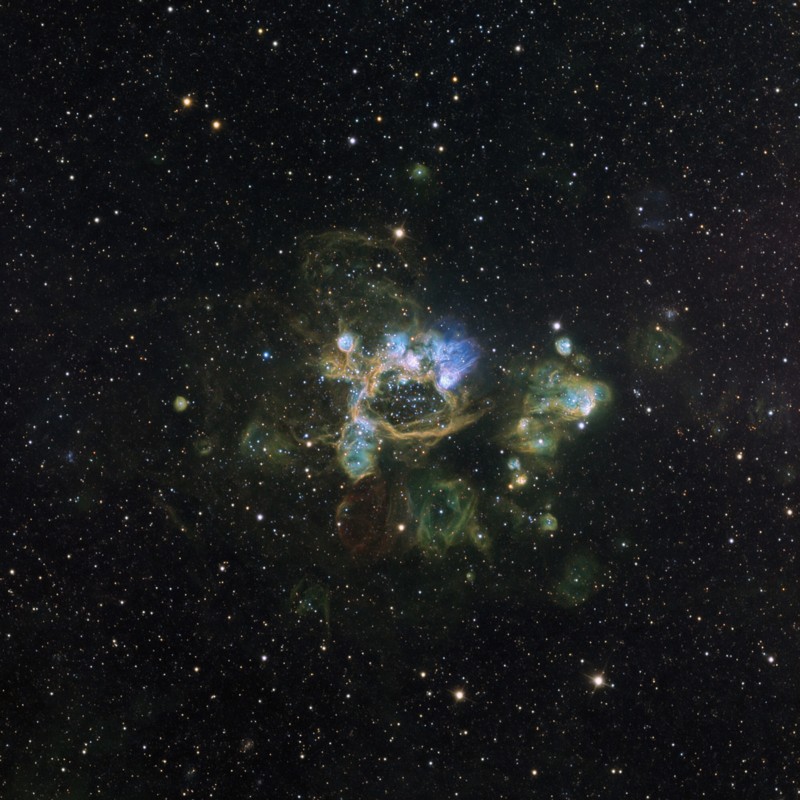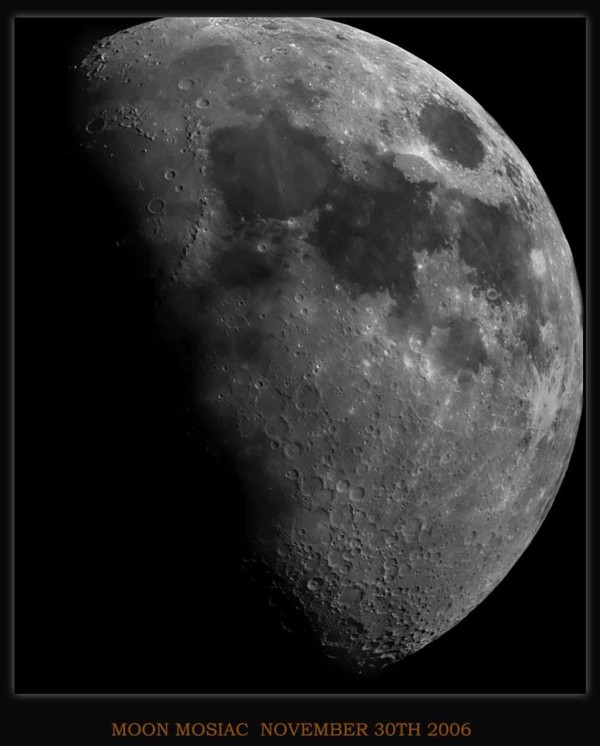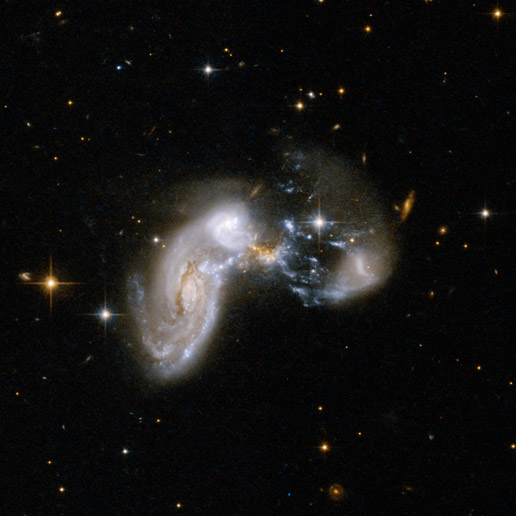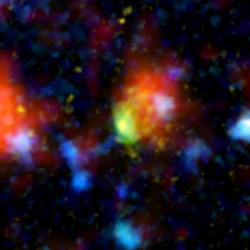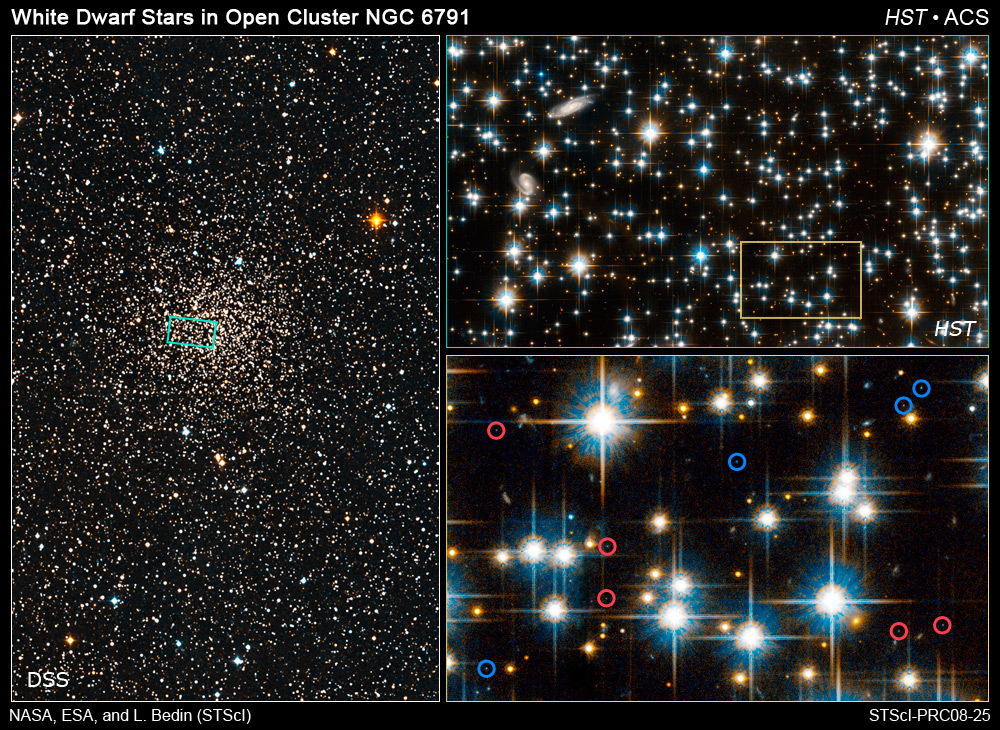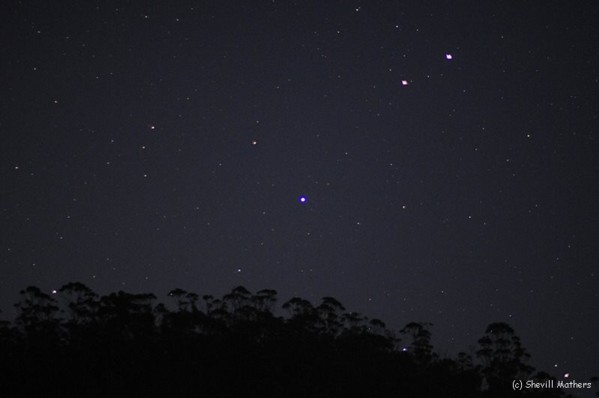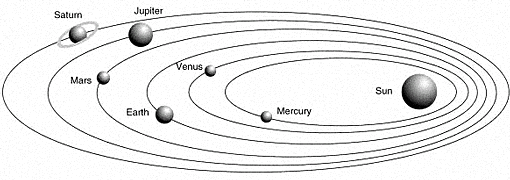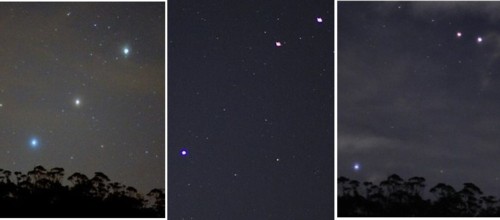Greetings, fellow SkyWatchers! Our weekend begins with one very hot look at a very cool area of the Moon – the lunar poles. Why is finding ice just so important? Hang on to your eyepiece because we’ll continue this lunar expedition with some mountain climbing and a look at the big lunar picture. Before our weekend is out, we’ll take a trip to the land of Yed and find out what’s coming up on Monday night. Time to slip into the night… Together.
Friday, July 11 – Tonight let’s take look at the lunar poles by returning to an old previous study crater, Plato. North of Plato you will see a long horizontal area of grey floor – Mare Frigoris – the “Cold Sea.” North of it you will note a “double crater.” This elongated diamond-shape is Goldschmidt, and the crater which cuts across its western border is Anaxagoras. The lunar north pole isn’t far from Goldschmidt, and since Anaxagoras is just about one degree outside of the Moon’s theoretical “arctic” area, the lunar sunrise will never go high enough to clear the southernmost rim. As proposed with yesterday’s study, this “permanent darkness” must mean there is ice! For that very reason, NASA’s Lunar Prospector probe was sent to explore here. Did it find what it was looking for? Answer – Yes!
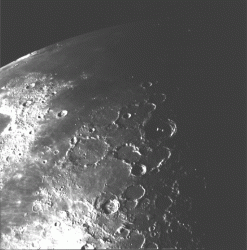 The probe discovered vast quantities of cometary ice which has hidden inside the crater’s depths untouched for millions of years. If this sounds rather boring to you, then realize this type of resource may aid our plans to eventually establish a manned base on the lunar surface!
The probe discovered vast quantities of cometary ice which has hidden inside the crater’s depths untouched for millions of years. If this sounds rather boring to you, then realize this type of resource may aid our plans to eventually establish a manned base on the lunar surface!
On March 5, 1998 NASA announced that Lunar Prospector’s neutron spectrometer data showed water-based ice was discovered at both lunar poles. The first results showed the “ice” mixed in with lunar regolith (soil, rocks and dust), but long-term data confirmed nearly pure pockets hidden beneath about 40 centimeters of surface material – with the results being strongest in the northern polar region. It is estimated there may be as much as 6 trillion kilograms (6.6 billion tons) of this valuable resource! If this still doesn’t get your motor running, then realize that without it we could never establish a manned lunar base because of the tremendous expense involved in transporting our most basic human need – water.
The presence of lunar water could also mean a source of oxygen, another vital material we need to survive. In order to return home or voyage onward, these same deposits could provide hydrogen which could be used as rocket fuel. So as you view Anaxagoras tonight, realize you may be viewing one of mankind’s future “homes” on a distant world!
Saturday, July 12 – Tonight let’s take an entirely different view of the Moon as we do a little “mountain climbing!” The most outstanding feature on the visible surface will be the emerging Copernicus, but since we’ve delved into the deepest areas of the lunar surface, why not climb to some of its peaks?
Using Copernicus as our guide, to the north and northwest of this ancient crater lie the Carpathian Mountains ringing the southern edge of Mare Imbrium. As you can see, they begin well east of the terminator, but look into the shadow! Extending some 40 kilometers beyond the line of daylight, you will continue to see bright peaks – some of which reach a height of 2072 meters. When the area is fully revealed tomorrow, you will see the Carpathian Mountains disappear into the lava flow that once formed them.
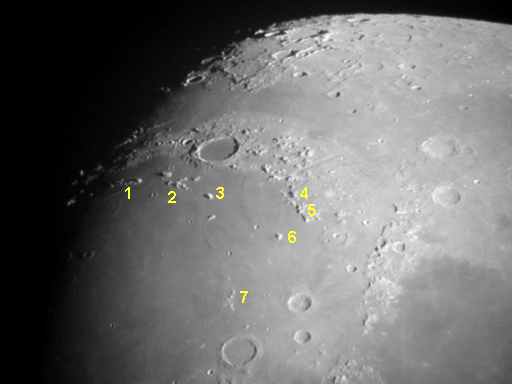
Continuing onward to Plato, which sits on the northern shore of Imbrium, we will look for the disjointed line of (1) Montes Recta – the “Straight Range.” Further east you will find the scattered peaks of (2) the Teneriffe Mountains. It is possible these are the remnants of much taller summits of a once stronger range, but only around 1890 meters of them still survive above the surface.
To the southeast, (3) Mons Pico stands like a monument 2400 meters above the grey sands – a height which places it level with Kindersley Summit at Kootenay Park in British Columbia. Further southeast is the peak of (6) Mons Piton – also standing alone in the barren landscape of Imbrium. Perhaps once a member of the (5) Montes Alpes to the east, Piton still towers 2450 meters above the surface with a base 25 kilometers in diameter still remaining in the lava flow. Yet look closely at the lunar Alpes, for (4) Mons Blanc is 3600 meters high!
Just north of shallow Archimedes stand (7) the Montes Spitzbergen whose remaining expanse trails away for 60 kilometers on the southern edge of a rille which begins at the small punctuation of crater Kirch to the north. While they only extend 1500 meters above the surface, that’s still comparable with the outer Himalayans!
Sunday, July 13 – So what if it’s the 13th? If you’re not superstitious, but only having bad luck in finding lunar features – then how about if we take a look at one that’s incredibly easy to find? We’ll continue our lunar mountain climbing expedition and look at the “big picture” on the lunar surface.
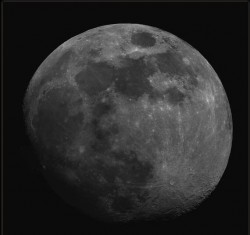 Tonight all of Mare Imbrium is bathed in sunlight and we can truly see its shape. Appearing as a featureless ellipse bordered by mountain ranges, let’s identify them again. Starting at Plato and moving east to south to west you will find the Alps, the Caucasus, and the Apennines (where Apollo 15 landed) at the western edge of Palus Putredinus. Next come the Carpathian Mountains just north of Copernicus. Look at the form closely: doesn’t it appear that perhaps once upon a time an enormous impact created the entire area? This was the Imbrium impact: compare it to the younger Sinus Iridum. Ringed by the Juras Mountains, it may have also been formed by a much later and very similar impact.
Tonight all of Mare Imbrium is bathed in sunlight and we can truly see its shape. Appearing as a featureless ellipse bordered by mountain ranges, let’s identify them again. Starting at Plato and moving east to south to west you will find the Alps, the Caucasus, and the Apennines (where Apollo 15 landed) at the western edge of Palus Putredinus. Next come the Carpathian Mountains just north of Copernicus. Look at the form closely: doesn’t it appear that perhaps once upon a time an enormous impact created the entire area? This was the Imbrium impact: compare it to the younger Sinus Iridum. Ringed by the Juras Mountains, it may have also been formed by a much later and very similar impact.
And you thought they were just mountains…
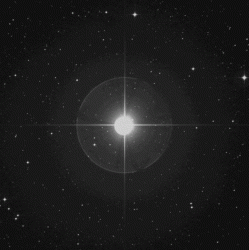 Now let’s have a look with our eyes first at Delta Ophiuchi. Known as Yed Prior (“the hand”), look for its optical double Epsilon to the southeast, symmetrically named Yed Posterior. Try using binoculars or a telescope at absolute minimum power for another undiscovered gem…
Now let’s have a look with our eyes first at Delta Ophiuchi. Known as Yed Prior (“the hand”), look for its optical double Epsilon to the southeast, symmetrically named Yed Posterior. Try using binoculars or a telescope at absolute minimum power for another undiscovered gem…
Delta Ophiuchi is 170 light-years from us, while Epsilon is 108 – but look at the magnificent field they share. Stars of every spectral type are in an area of sky which could easily be covered by a small coin held at arm’s length. Enjoy this fantastic field – from the hot, blue youngsters to the old red giants!
Now, keep a watch out for a certain old, red giant named Antares on Monday night, June 14. For many of us, the Moon and the Rival of Mars are going to be hauntingly close – close enough to be an occultation event for some lucky observers!
Have a great weekend….
This week’s images are: Lunar North Pole – Credit: NASA, Lunar Mountain Peaks – Image Credit: Greg Konkel Annotations: Tammy Plotner, Half and Gibbous Moon – Credit: Roger Warner, and Delta Ophiuchi – Credit: Palomar Observatory courtesy of Caltech.


